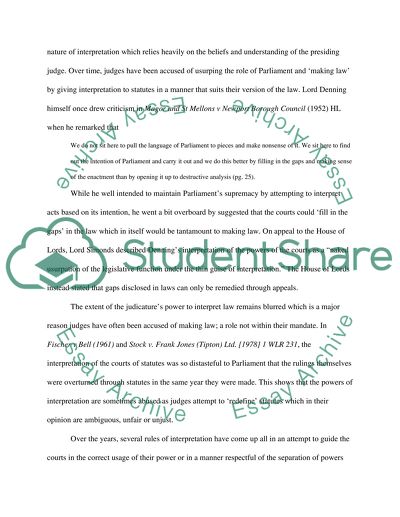Cite this document
(“Statutory Interpretation Business Law Assignment Essay”, n.d.)
Retrieved from https://studentshare.org/law/1433948-business-law-assignment
Retrieved from https://studentshare.org/law/1433948-business-law-assignment
(Statutory Interpretation Business Law Assignment Essay)
https://studentshare.org/law/1433948-business-law-assignment.
https://studentshare.org/law/1433948-business-law-assignment.
“Statutory Interpretation Business Law Assignment Essay”, n.d. https://studentshare.org/law/1433948-business-law-assignment.


